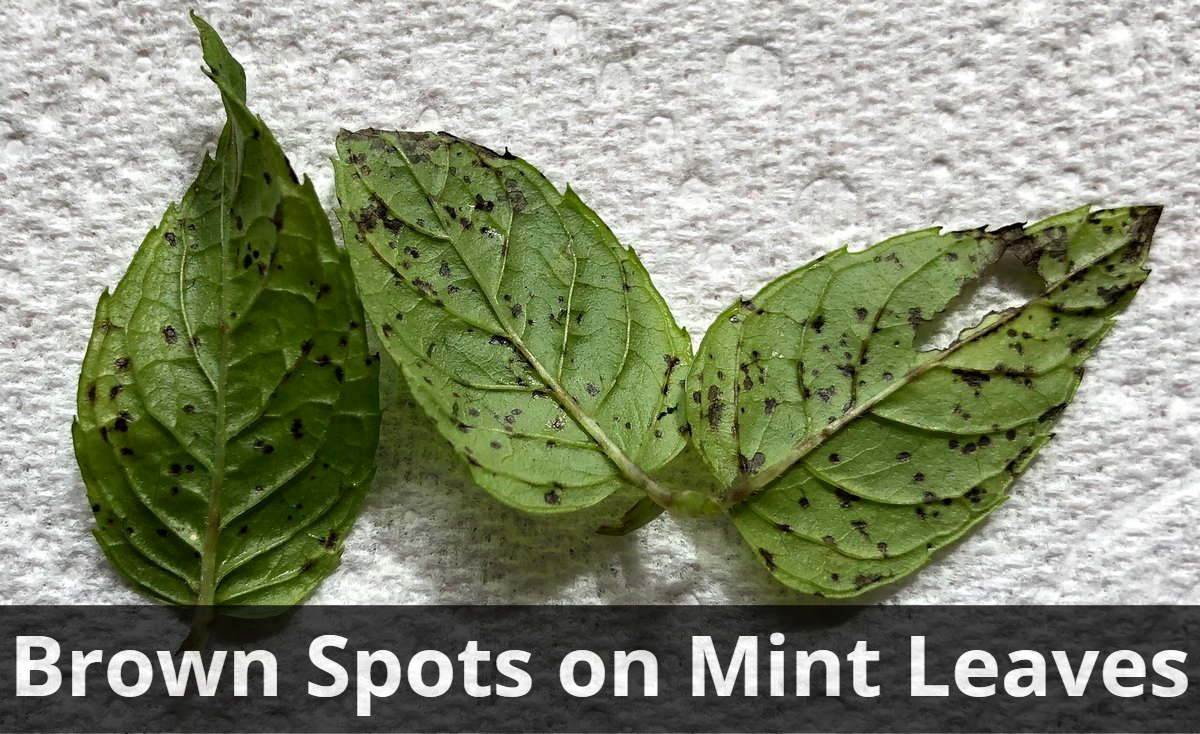Mint belongs to the Tracheophytes group of herbs and is famous for its fruity and menthol taste. Additionally, Mint leaves are also exceptional because they are simple to grow, and can develop more foliage than most people expect
However, there are some cases where brown spots on mint leaves, and can occur due to various reasons. We discuss a few reasons why your mint leaves might be turning brown, and a few helpful solutions.
What Are the Causes of Brown Spots on Mint Leaves?
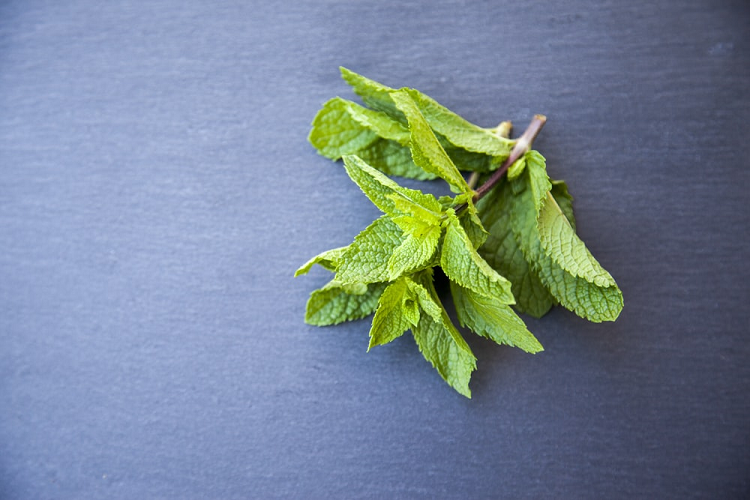
Image source: Unsplash.
There are various causes of brown spots on mint plant leaves. The issue can be due to factors such as nourishment, negligence, or a specific type of pest or fungus. Specifically, here are a few other reasons why mint leaves might have turned brown:
Cause #1. Excessive Watering and Poor Soil Drainage
Overwatering is the first main cause of mint leaves turning yellow and brown. Similar to people, mint plants are also uncomfortable in environments that have excessive amounts of water.
All though it’s true that the leaves of plants absorb moisture and oxygen above the surface, the roots also take part in this process.
It’s one of the reasons why you have to avoid setting your plants in well drained soils. The reason is that it helps to improve the movement of water and oxygen in the soil, which is crucial for plant development.
With excessive water, the roots of the mint plant will find it challenging to consume these two key development resources. The result is that the plant will go into a survival state, which can eventually lead to compromised development or the dread mint rust issue.
On average, expect mint plants to require 1 or 2 inches of water each week for optimal development. Plus, they also thrive in relatively moist soil, which you can complement with some mulch.
Overwatered mint will lead to brown spots on the inner sections of leaves, or close the stem area. If you come across these issues, evaluate the soil for issues such as clumping or sogginess.
You may have to repot the mint plants using lighter soil, or a potting mix that contains well-prepared compost. When the brown spots occur due to overwatering, avoid irrigating your plants excessively to prevent the issue.
While overwatering is a common cause of mint plants turning brown or yellow, it could also be due to other issues such as pests or fungal complications.
Cause #2. Fungal Complications
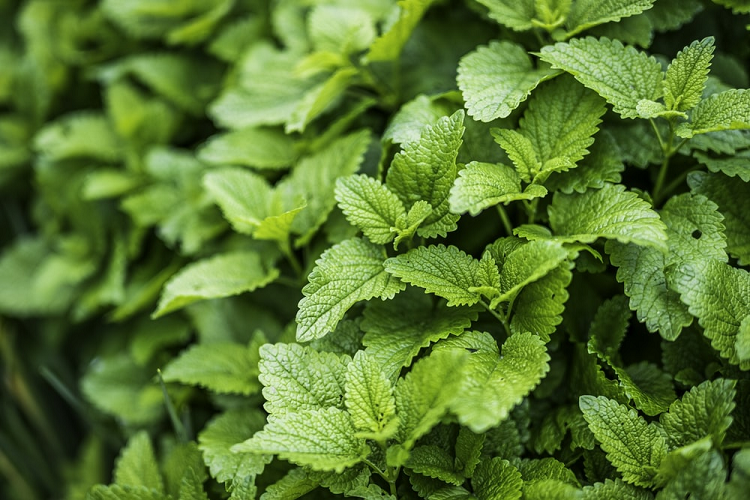
Fungal diseases are the main complications of mint leaves turning brown on top and the backside. Here are some of the common ones:
- Web Blight
It’s a fungal complication that develops due to the presence of fungus. The target of this plant issue is the stem, and it might eventually develop all through to the ground. The result is it may end up causing infections to various other sections of leaves.
Left unchecked, the lower sections of leaves will start changing in colour, thus causing the plant to wilt, and die. Its also a fungal complication that is exceptionally contagious, which can compromise the health of various other plants in your garden.
Therefore, as soon as you come across brown spots on your mint plant, try and check for web blight. We also recommend that you use an organic insecticide for mint plants to reduce its spread.
- Mint Rust
Mint rust Is another common cause of fungal complications in mint plants. The disease causes plants to grow black and brown spots on the under section of leaves.
The result is the pet will develop yellow splotches on the top section of the leaves. In most cases, the issue often occurs during the summer months, when the weather is humid.
It can also occur when the spores move through the wind, or due to water splashes that come from the ground. While it’s a fungal complication that will eventually stop on its own, you have to intervene by pruning the plant, and sanitizing it accordingly.
Cause #3 Pest Inflicted Issues
So, why does my mint plant have brown spots on its leaves? Pest damage is the other significant cause of brown spots on mint leaves.Usually, the most common pests that mint leaves experience include:
Aphids
While the scent of mint will surely eliminate aphids, there are some species that are different. These types feed on mint plants and often exist on the underside of mint leaves, where they flow to suck out honeydew.
When the leaf experience an aphid infestation, it will start to develop brown spots, which will eventually lead to its death. To solve this problem:
- Get some disinfectant product and mix it with some soap-based product, and a spraying bottle.
- Spray it around the affected area at least three times every day.
- Continue with this process for as long as the aphids are still present.
Spider Mites
Spider mites are also notorious for causing small brown spots on mint leaves. Usually, spider mites can infest a mint tree to suck out nutritious honeydew. The result is that this process leads to puncture wounds, they eventually come up as brown spots on the leaves.
When the wounds exist all across the leaf, the plant will eventually die because of lack of a photosynthesis capabilities. Mint leaves are edible, and the technique you use to clean them should involve a relatively relevant chemical product.
Cause #4. Salinity Issues
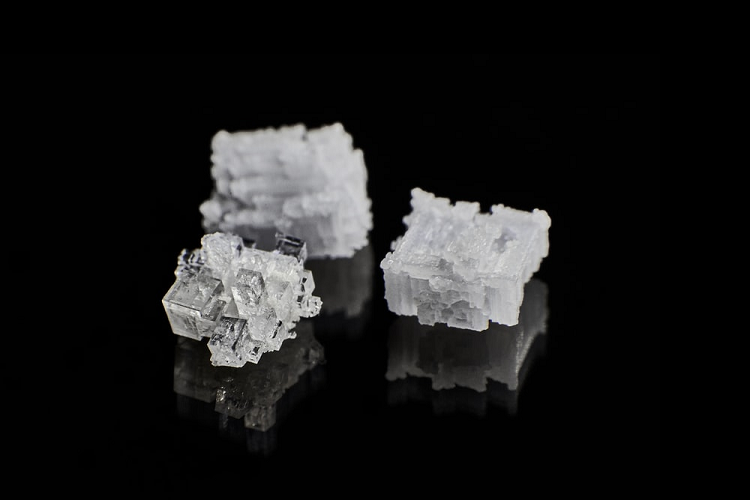
Mint does not thrive well in salty environments. If the tips of the mint leaf change in colour, the issue could be due to excessive salts. Fortunately, there is a unique approach you can use to address such an issue.
The first step is to clean the soil and ensure its free from any excessive accumulation issues. Salinity reduces the number of water plants has available for consumption. It can also compromise the water absorption process, thus leading to drought.
While the soil might contain sufficient water, the presence of excessive soil can eventually lead to a water deficit. Mint plants are specifically prone to the issue during the germination stages.
Cause #5. Over Fertilization
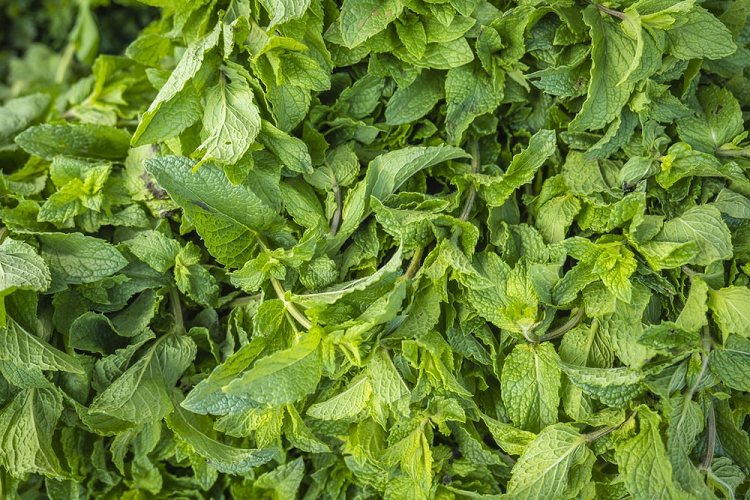
The other notable case of excessive soil salt in water is overfertilization, especially in potted mints. The excess fertilizer in the soil reduces the soil’s ability to absorb water. Eventually, they will experience dehydration that can lead to various complications including:
- Defoliation.
- Stunted growth.
- Brown or black roots.
- Wilted or yellow leaves.
Fortunately, there are various ways through which you can reduce the presence of salts in soil.
A good suggestion would be for you to use 10% liquid fertilizer because any excessive amounts will leach out with the water.
If you suspect any overfertilization complications, consider the following steps:
- Add sufficient tap water into the soil, and let it drip off at the bottom section of the pot. On average, six inches of water is sufficient to reduce the amount of salts in the soil.
- Repeat this process for a few hours, and the next day if possible to help the plants recover from the leaving process.
If you have a large container such as the raised beds, ensure you repot the plants to remove any excess soil amounts.
What are Some Tips for Taking Care of Mint
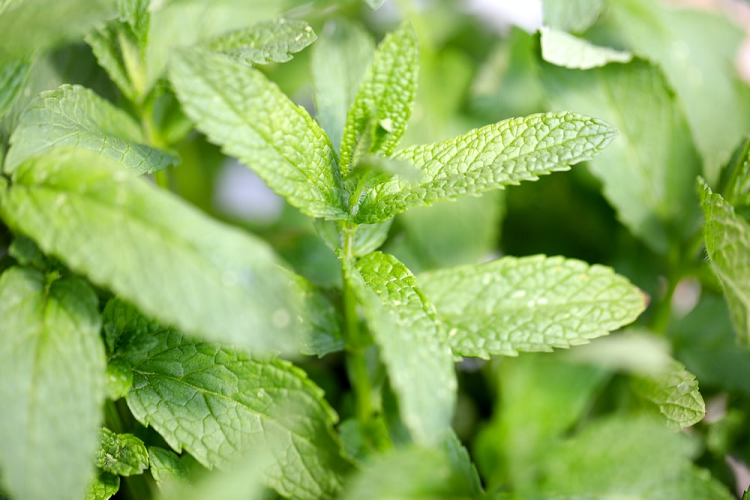
Mint is a perennial plant meaning that it can grow back each season. Because of its unique taste and flavour, mint has evolved into one of the most notable staple herbs in the culinary setting. The plant is also easy to grow and propagate.
Its also less sensitive than other plants, and its roots also develop exceptionally well. Here are some of the general tips for growing healthy mint plants:
Tip#1. Soil Requirements
Mint thrives well in soils that have excellent drainage and moisture levels. Since the plant grows well in contains, it’s possible to use a potting mix that features peat moss, and any other organic product to promote the richness of its ingredients.
Consider incorporating some compost into the soil, because it’s an excellent source of nitrogen. It also helps to improve the water drainage of your soil.
We also suggest setting some mulch on top of the soil to help preserve the soil’s moisture levels. Mulch also works well for mitigating the occurrence of spores, which can lead to the brown spots on mint leaves issue.
Tip#2. Water Requirements
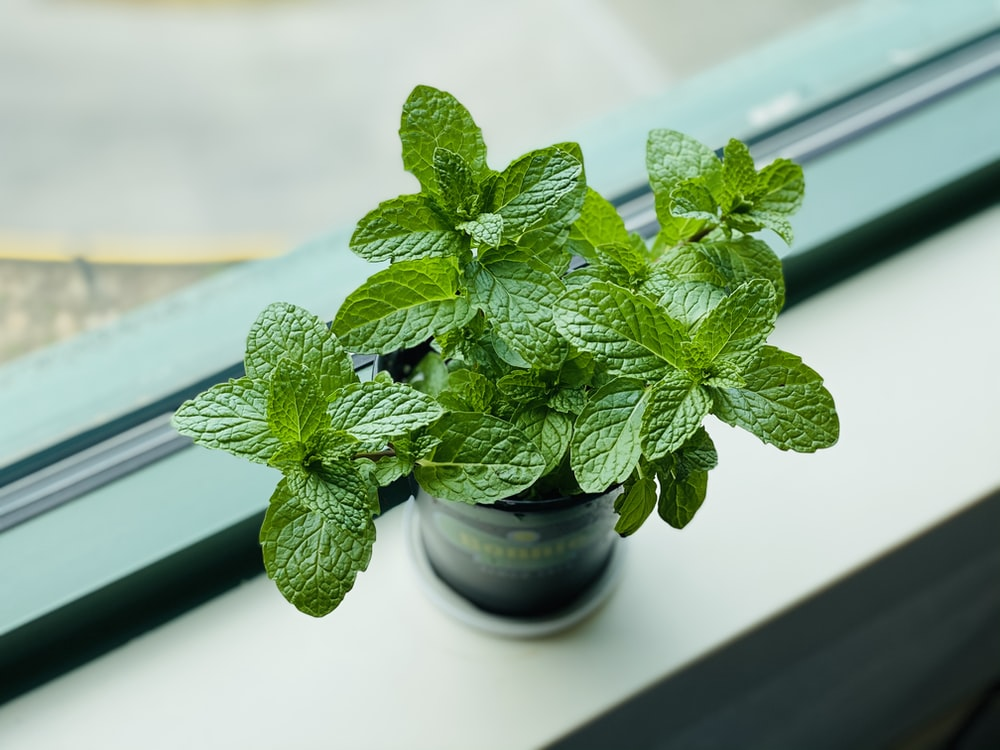
Mint plants require a specific amount of water to thrive each week. On average, up to 300 ml of water per day is sufficient for each plant. If you want to avoid the mint leaves turning brown in water, ensure you stick to a specific schedule and water level.
Only water the plants such that soil gets slightly wet, and that leaves also get a feel of the water. However, avoid any excessive water such as to the point your plant soaks in mud and water.
Ensure you use sufficient mulch products on the water for insulation and nutritional purposes. Do this to avoid the dreaded brown spots on mint leaves in water complications.
Tip #3. Pest and Disease Prevention
Some of the common pests that affect mint plants include spider mints, cutworms, and thrips.
Most of these pests develop during the summer and fall seasons of the year.
Each of these pests is capable of breaking down the outer layer of your leaves, which can eventually lead to brown spots. Some common techniques for regulating this issue include:
- Preserve synthetic insecticides for plant control during severe infestations.
- Use organic products such as neem oil to address mild health infestations.
- Ensure you evaluate any insects that you find on the mint leaves thoroughly.
- Keep your mint plants from others such as garlic, cereals, and onions.
How Do You Get Rid Of Brown Spots On Mint Leaves?
The best way to get rid of brown spots or mint rust on leaves is to cut off any infected sections of the plant. You also have the option of getting rid of the plant completely. Remember to also disinfect your plant for the presence of any brown spots.
Why Are My Mint Leaves Spotted?
The presence of brown spots on your mint plants could be signs of various plant health compromises. Common ones include spider mites, fungal complications, overwatering, and over usage of fertilizer products.
How Do You Treat Mint Rust?
There are various ways of treating mint rust including using the right cultural practices and fungicide products. You should also consider removing any infecting leaves, or plants that have an infection. The ideal solution depends on your specific needs.
Can You Eat Mint With Rust?
No, its not good to eat mint plants with rust, because they can have an unusual taste, and might even harbor hygiene threats. Always ensure you go for a fresh batch of mint leaves for the best results.

